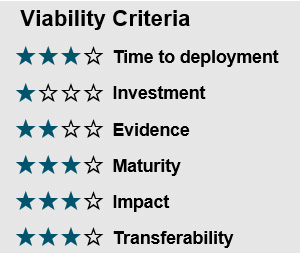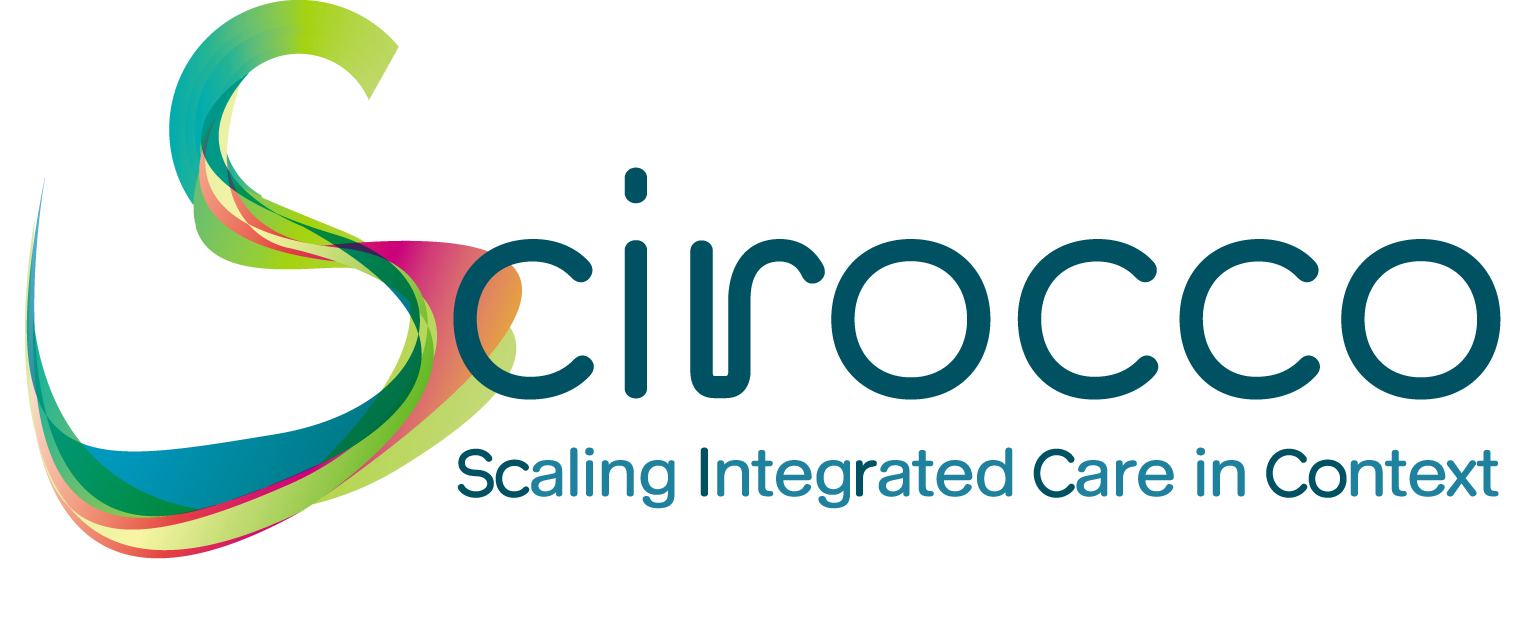Good Practices Overview | Basque Country | Czech Republic | Norrbotten | Puglia | Scotland
 Collaborative Commissioning of Care at Home Services
Collaborative Commissioning of Care at Home Services
Summary of the good practice:
Since integration, NHS Highland has been implementing a strategic commissioning approach towards the development and delivery of services. Key to this activity has been the perception that whilst the formal partnership agreement instituting the lead agency arrangements for delivery of adult care are between the NHS and The Highland Council, the concept of “integration” being pursued reflects a belief that true integration takes place across sectors, and allows the full contribution of the community to the design and delivery of services.
The objectives were to establish a sustainable; accessible; high quality Care@ Home service within a fixed financial envelope.
It was out of this work, that Highland engaged in a Programme Budgeting Marginal Analysis (PBMA) pilot to better understand a structured approach to priority setting. (paper submitted for publication with Glasgow Caledonian University)
The outcomes have been the achievement of the objectives, plus the unforeseen development of a new community driven model of care@home.
The route for achievement were new collaborative commissioning approaches and mechanisms (currently receiving considerable national interest/acclaim)
The transferrable aspects are:
- Principles of engagement
- Commissioning methodology
- Care delivery models
URL: https://www.youtube.com/watch?v=LEi6A0xfMXk
Challenge addressed by the good practice
The challenge of improving Care@ Home provision is critical to future provision for an ageing population. Unavailability of Care @ Home:
- Increases dependency by delaying hospital discharge
- Increases Care Home utilisation in terms of lower age on admission and increased length of stay
- Deprives people of a choice, and a chance for continued independence
- Confines choice to expensive residential and institutional options
- Reduces the quality of experience, whilst driving up system costs.
Key innovative elements of the good practice
There was an upward shift in quality;
- More people are able to live independently at home
- Delays in receiving care @ home were reduced or eliminated in the project area and Hospital bed days lost awaiting Care@ Home were reduced
- Remote areas previously described as impossible to provide care now have thriving provision
- A sustainable “fair rate” is paid for care@home hours and a collaborative commissioning environment has been achieved.
- A joint recruitment strategy for the Sector was implemented and was successful and the living wage was paid to Care@ Home workers across sectors from 2014 (two years ahead of the national initiative)
Reference to Self-Directed Support is also important. Through the process of collaboration, it became apparent that there were localities where no provider was able to operate successfully, but where the community wished to support provision. In these (principally rural) areas, a partnership approach between the community and the independent sector was taken forward to establish “pop up” care@home which knitted together existing provision with community capacity to create reliable care at home where there had previously been none. This model may be particularly applicable to the very rural North and West of Highland as we move to this approach in 2016/17.
Full Scirocco information on the good practice
SciroccoGP-Scotland-3-Collaborative-Commissioning-of-Care-at-Home-Services.pdf [PDF]
Publications and reports on the good practice
The good practice is observed via the report – https://www.youtube.com/watch?v=LEi6A0xfMXk
Study visit can also be accommodated.
Contact point: Simon Steer; simon.steer@nhs.net


